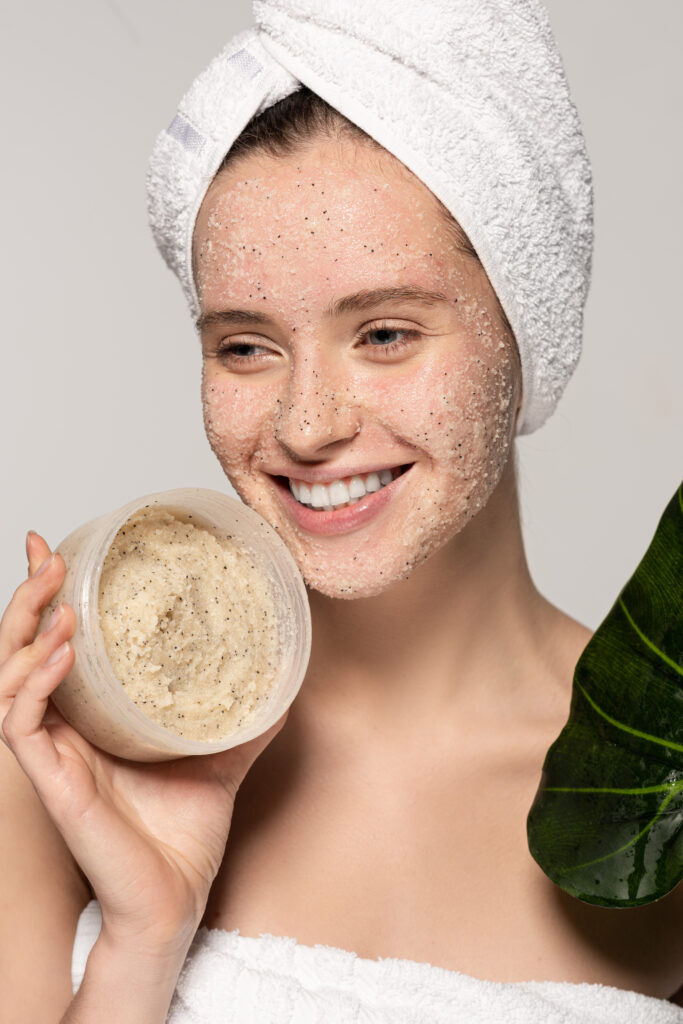
Imagine revealing fresh, glowing skin every time you cleanse your face—this is the magic of a good facial scrub.
A facial scrub is a skincare essential designed to gently exfoliate the skin, sloughing away dead cells that dull your complexion and clog your pores. By incorporating a scrub into your routine, you not only smooth out rough patches but also help your skin breathe and renew itself. The result? A brighter, clearer, and more radiant face that feels as good as it looks. Whether you’re battling uneven texture or simply looking to boost your natural glow, a facial scrub is the secret weapon your skin will love.
How Facial Scrub Work
Facial scrubs work by harnessing the power of exfoliation, a process that removes the outer layer of dead skin cells to reveal the fresh, healthy skin beneath. Over time, dead cells accumulate on the skin’s surface, leading to dullness, clogged pores, and uneven texture. By physically sloughing off these dead cells, facial scrubs help to smooth out the skin, enhance its natural radiance, and promote better absorption of skincare products.
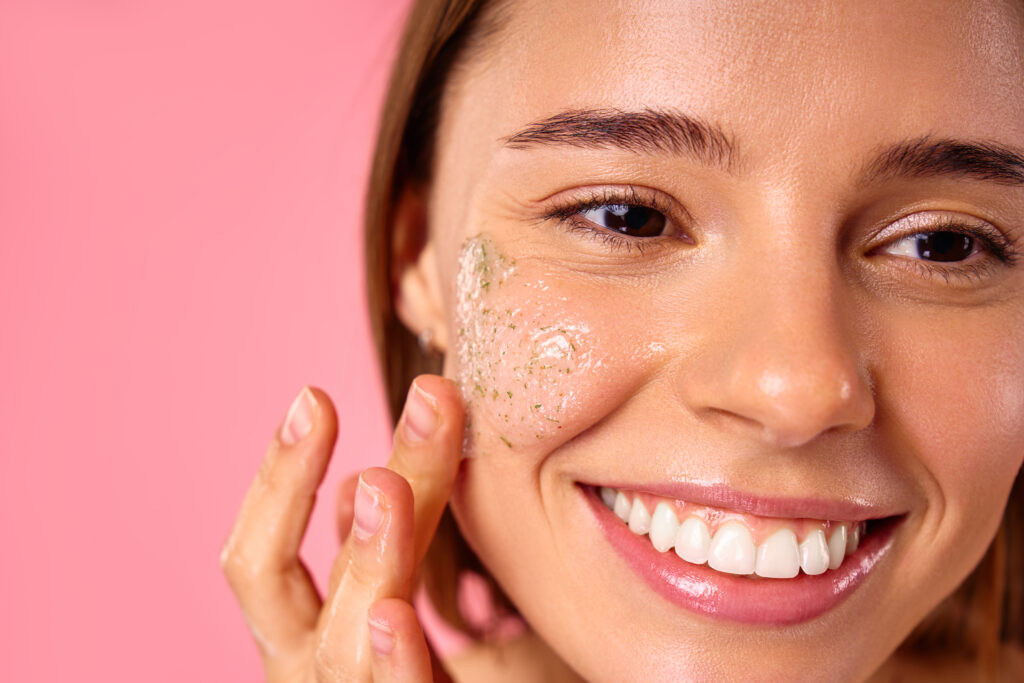
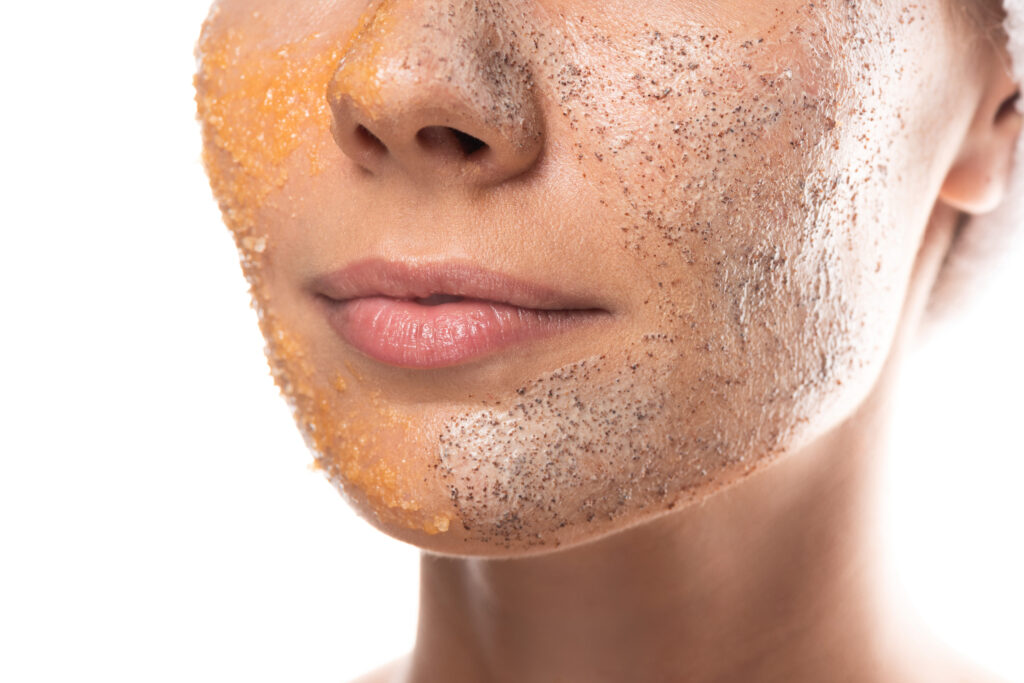
To achieve this exfoliation, facial scrubs utilize different types of exfoliants, each with its unique benefits. Physical exfoliants, for instance, use tiny, gritty particles to manually buff away dead skin. Common ingredients include sugar, salt, coffee grounds and finely ground nutshells. These are ideal for those who enjoy a tactile approach to skincare, as they provide instant smoothness and can be tailored to different skin sensitivities.
On the other hand, chemical exfoliants offer a more refined method of exfoliation. Rather than relying on friction, they use active ingredients like alpha hydroxy acids (AHAs) and beta hydroxy acids (BHAs) to dissolve the bonds holding dead cells together. AHAs, such as glycolic and lactic acids, are water-soluble and work on the skin’s surface, making them great for targeting fine lines and dullness. BHAs, like salicylic acid, are oil-soluble and penetrate deeper into the pores, making them ideal for acne-prone or oily skin.
By understanding these different exfoliation methods, you can choose the right type of facial scrub that meets your skin’s needs, ensuring a smooth, glowing complexion with every use.
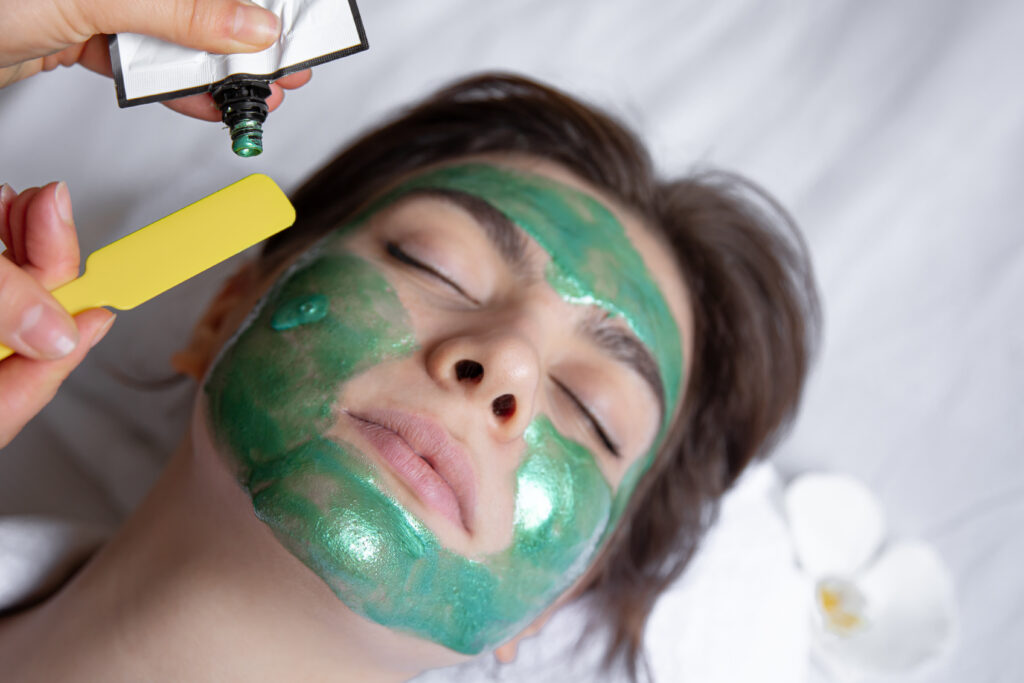
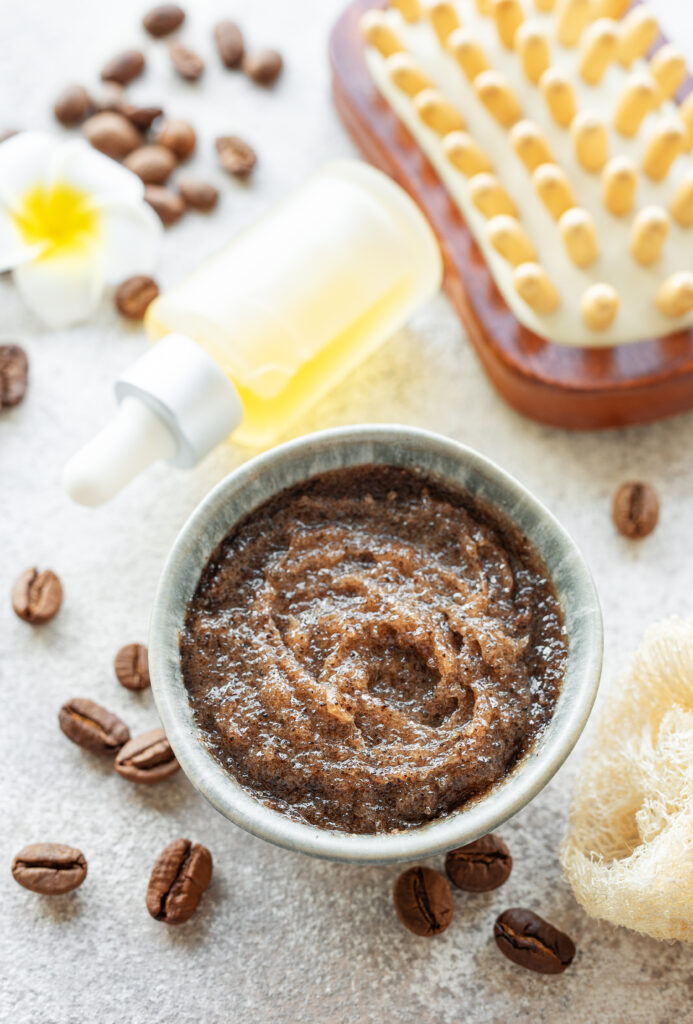
Benefits of Using Facial Scrub
- Improves Skin Texture: Regular exfoliation helps to smooth out rough patches, leaving the skin feeling soft and supple.
- Unclogs Pores: By removing dead skin cells and debris, facial scrubs help prevent clogged pores and reduce the risk of breakouts.
- Brightens Complexion: Exfoliating removes dull, dead cells, revealing a brighter, more radiant layer of skin beneath.
- Boosts Absorption: After exfoliation, your skin is more receptive to serums, moisturizers, and other skincare products, enhancing their effectiveness.
- Promotes Cell Renewal: Scrubbing stimulates circulation and accelerates the natural cell turnover process, encouraging a fresher, more youthful appearance.
Choosing the Right Facial Scrub
Selecting the right facial scrub is essential to achieving the best results for your skin. Since different skin types have unique needs, using the appropriate exfoliant can make all the difference.
- Selecting the right facial scrub is essential to achieving the best results for your skin. Since different skin types have unique needs, using the appropriate exfoliant can make all the difference.
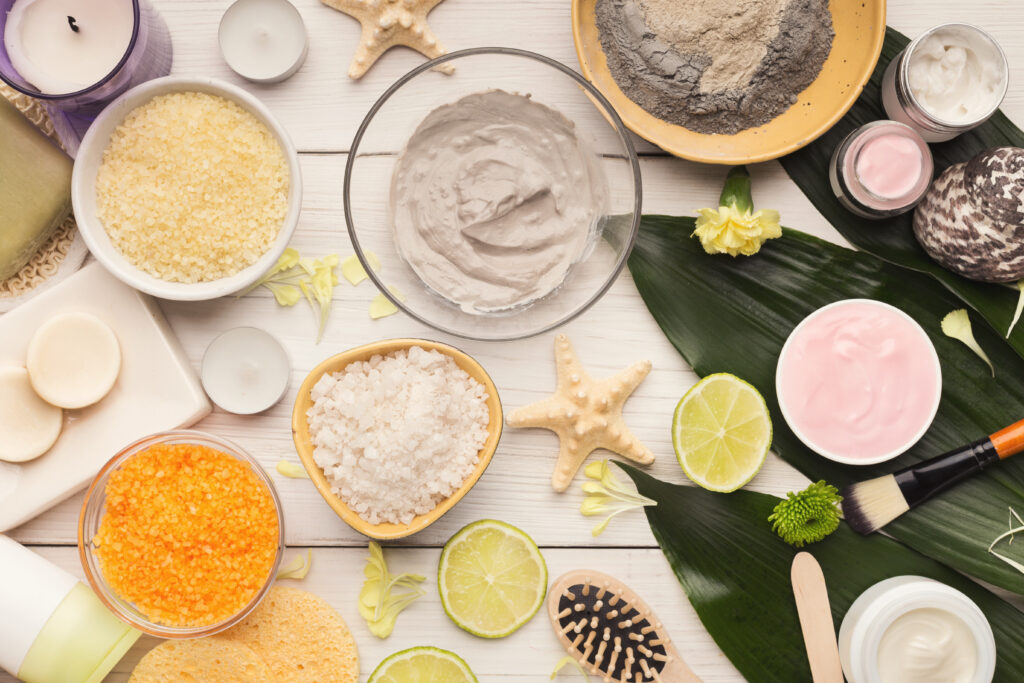
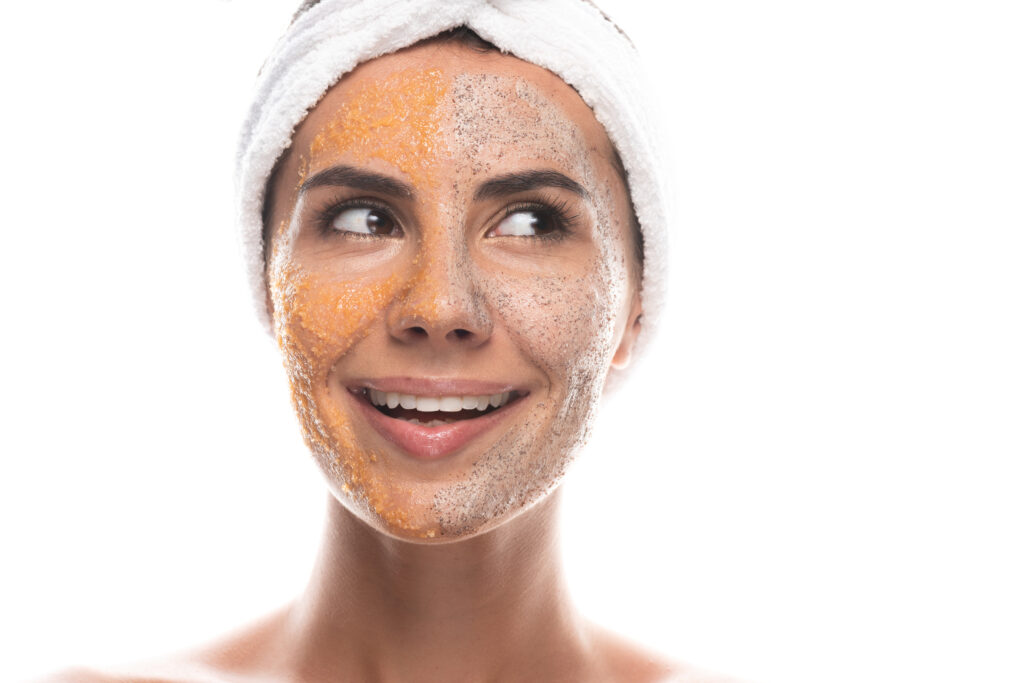
- Dry/Sensitive Skin: On the other hand, if you have dry or sensitive skin, it’s important to opt for gentle exfoliants like oatmeal or enzymatic scrubs. Oatmeal is a soothing, natural exfoliant that gently removes dead skin cells while also providing moisture, making it perfect for sensitive skin. Similarly, enzymatic scrubs, which use fruit enzymes like papaya or pineapple, offer mild exfoliation without the harshness of physical particles. As a result, these scrubs help refine skin texture without causing irritation or dryness, making them an excellent choice for delicate skin types.
- Combination Skin: Meanwhile, balancing the needs of combination skin can be tricky, as it often requires treating different areas of the face differently. For combination skin, consider using a multi-faceted approach. For instance, you can apply a clay-based scrub on oilier areas like the T-zone, where pores tend to be larger, while using a gentler exfoliant like an enzymatic scrub on drier areas. Alternatively, look for a scrub that contains a blend of ingredients designed to address multiple concerns, providing both gentle exfoliation and oil control. This way, you can ensure that all areas of your face receive the care they need.
By choosing a scrub tailored to your skin type, you can effectively address your skin’s specific needs and achieve a healthier, more radiant complexion.
How to Properly Use a Facial Scrub
- Frequency: To get the best results, use a facial scrub based on your skin type. For most, exfoliating once or twice a week is ideal. If you have sensitive or dry skin, stick to once a week to avoid irritation. For oily or acne-prone skin, you may benefit from exfoliating up to twice a week.
- Application Technique: Begin with a clean, damp face. Take a small amount of scrub and gently massage it onto your skin using circular motions. Focus on areas that tend to be rougher or more congested, but always avoid the delicate skin around your eyes. Use light pressure to avoid irritation while still effectively removing dead skin cells.
- Post-Scrub Care: After rinsing off the scrub with lukewarm water, apply a moisturizer immediately. Exfoliation can make your skin more receptive to hydration, so locking in moisture right away is key to maintaining softness and balance.
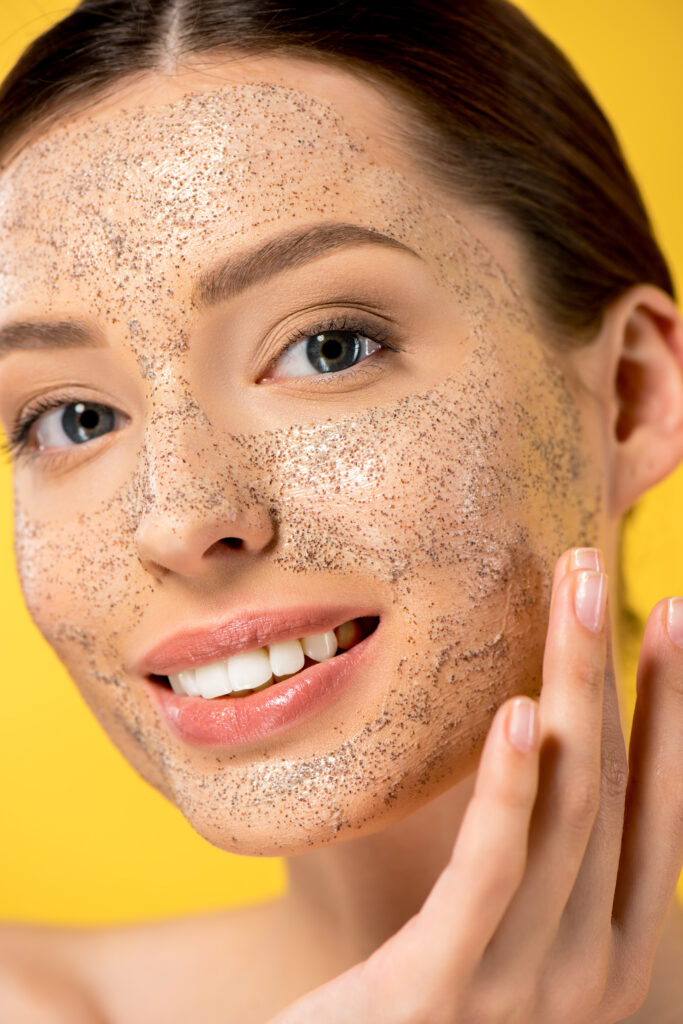
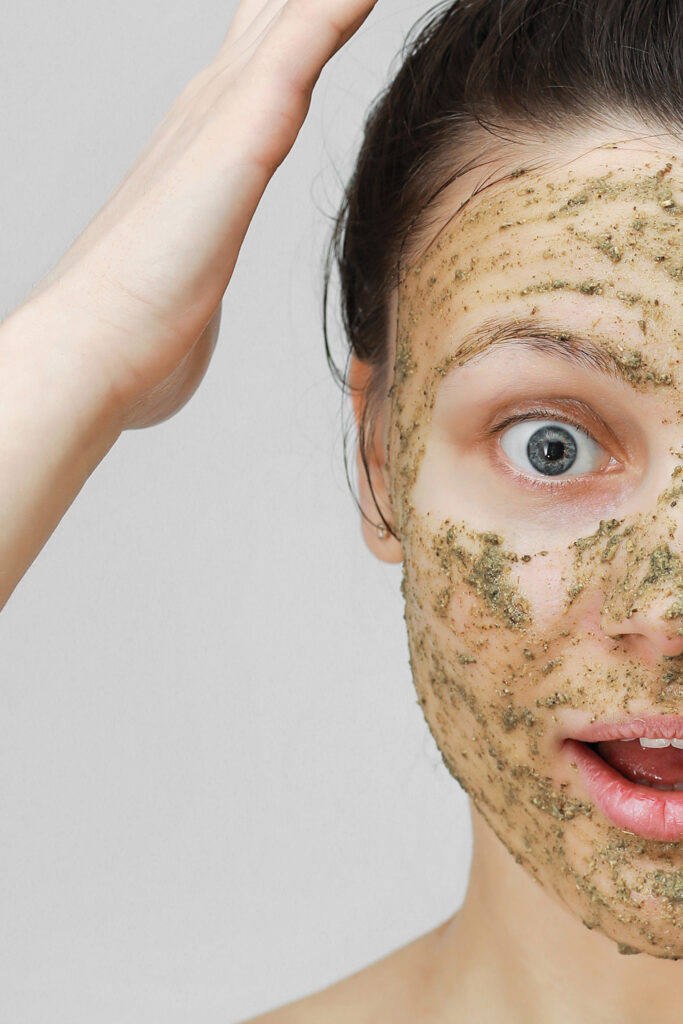
Potential Risks and Precautions
- Over-Exfoliation: Exfoliating too frequently can strip the skin of its natural oils, leading to dryness, irritation, and even breakouts. Stick to the recommended frequency for your skin type.
- Skin Sensitivity: Harsh scrubs or aggressive application can cause micro-tears in the skin, leading to redness, inflammation, and increased sensitivity. Always choose a scrub suitable for your skin type and apply it gently.
- Allergic Reactions: Some exfoliants, especially those with strong chemical ingredients or fragrances, can trigger allergic reactions. Perform a patch test before using a new product to ensure it’s safe for your skin.
- Sun Sensitivity: Exfoliation can make your skin more sensitive to the sun, increasing the risk of sunburn and hyperpigmentation. Always apply sunscreen after using a facial scrub, especially if you’re going outdoors.
- Compromised Skin Barrier: Overuse of scrubs can weaken your skin’s natural barrier, leading to dehydration and vulnerability to environmental damage. Balance exfoliation with hydrating and nourishing skincare to maintain a healthy skin barrier.
Trending Ingredients in Facial Scrubs
- Charcoal: Known for its detoxifying properties, charcoal helps absorb impurities and excess oil from the skin, making it a popular choice for deep cleansing and purifying facial scrubs.
- Jojoba Beads: These biodegradable, round beads provide gentle exfoliation without causing micro-tears in the skin. They are an eco-friendly alternative to plastic microbeads and are ideal for sensitive skin.
- Rice Powder: This natural ingredient is praised for its gentle exfoliating properties and its ability to brighten and smooth the skin. It helps to refine texture without being too abrasive.
- Hyaluronic Acid: Often included in scrubs for its hydrating benefits, hyaluronic acid helps maintain moisture levels in the skin, ensuring that exfoliation does not lead to dryness or irritation.
- Green Tea Extract: With its antioxidant and anti-inflammatory properties, green tea extract helps to soothe and protect the skin while exfoliating, making it ideal for reducing redness and calming irritated skin.
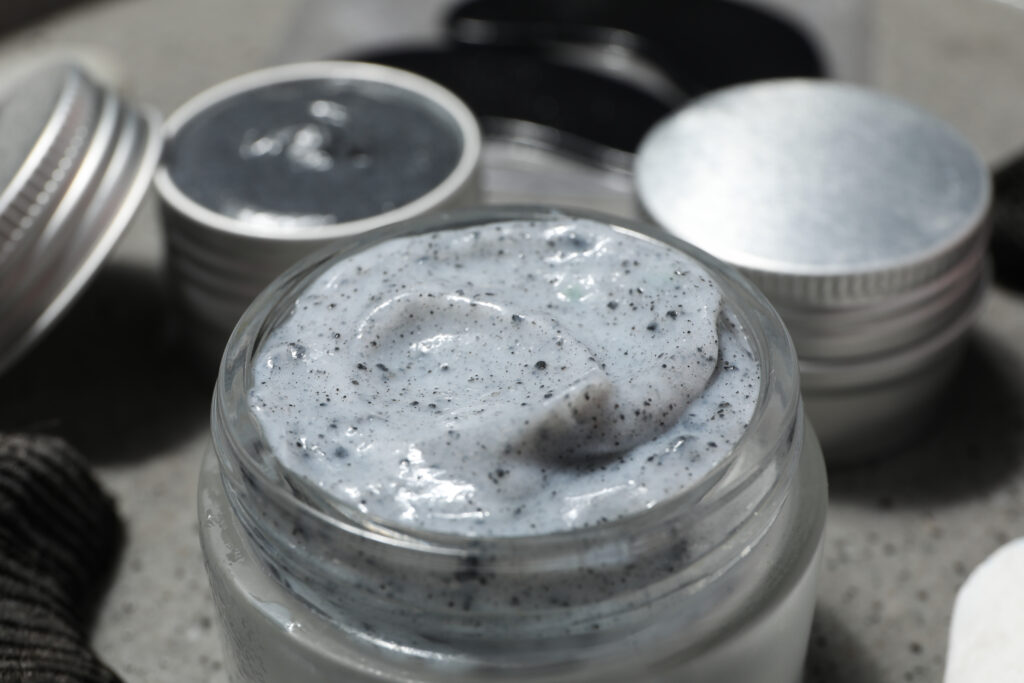
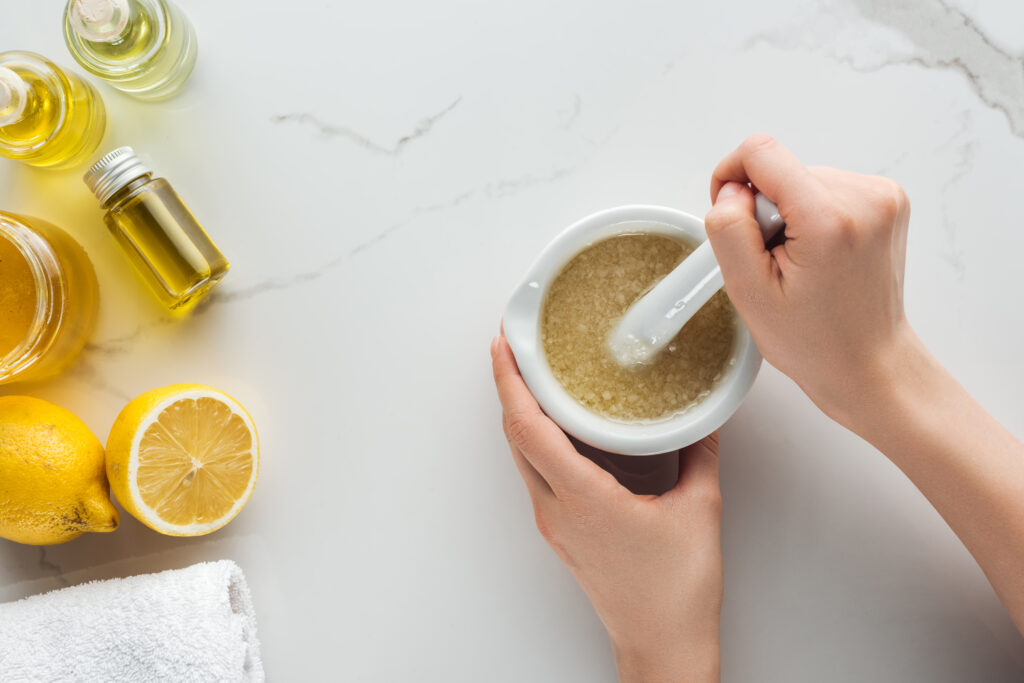
- Glycolic Acid: An alpha hydroxy acid (AHA) that provides chemical exfoliation by dissolving dead skin cells on the surface. Glycolic acid helps to brighten the complexion and improve overall skin texture.
- Papaya Enzymes: These natural enzymes gently dissolve dead skin cells and promote a smoother skin surface. Papaya enzymes are a popular choice in enzymatic scrubs for their gentle yet effective exfoliating action.
- Sea Salt: Rich in minerals, sea salt exfoliates the skin while also offering nourishing benefits. It helps to remove dead skin cells and can improve circulation, providing a refreshed and revitalized appearance.
Daily Face Care Routine
- Cleansing: Use a gentle cleanser twice daily to remove dirt, oil, and impurities from your skin.
- Exfoliating: Exfoliate 1-2 times a week to slough off dead skin cells and promote a smoother texture.
- Toning: Apply a toner to balance your skin’s pH and prepare it for better absorption of other products.
- Moisturizing: Use a suitable moisturizer every morning and evening to keep your skin hydrated and prevent dryness.
- Sun Protection: Apply sunscreen with SPF 30 or higher daily to protect your skin from harmful UV rays and prevent premature aging.
- Hydrating: Drink plenty of water throughout the day to maintain your skin’s hydration from the inside out.
- Serums: Incorporate serums with targeted ingredients, like vitamin C or hyaluronic acid, to address specific skin concerns.
- Eye Care: Gently apply an eye cream to address issues like dark circles or puffiness.
- Night Care: Use a nourishing night cream or treatment to support your skin’s repair and regeneration while you sleep.

FAQ
For most skin types, using a facial scrub once or twice a week is ideal. Those with sensitive or dry skin should limit use to once a week to avoid irritation, while oily or acne-prone skin may benefit from exfoliating up to twice a week.
Yes, facial scrubs with ingredients like salicylic acid or charcoal can help with acne by unclogging pores and removing excess oil. However, it’s essential to choose a scrub that is gentle and non-comedogenic to avoid worsening acne.
It’s generally not recommended to combine physical exfoliants with other exfoliating products, like chemical peels, as this can increase the risk of over-exfoliation and irritation. If you use multiple exfoliants, alternate them and monitor your skin’s response.
Physical exfoliants use abrasive particles or beads to manually remove dead skin cells, while chemical exfoliants use acids or enzymes to dissolve dead skin cells and dissolve the bonds between them. Both methods can be effective, but they work differently.
Facial scrubs can help by removing dead skin cells and promoting cell turnover, which can gradually improve the appearance of dark spots and hyperpigmentation. For more targeted treatment, consider using products with ingredients like vitamin C or niacinamide alongside your scrub.

